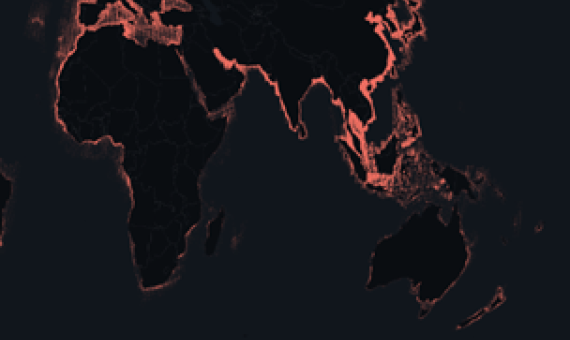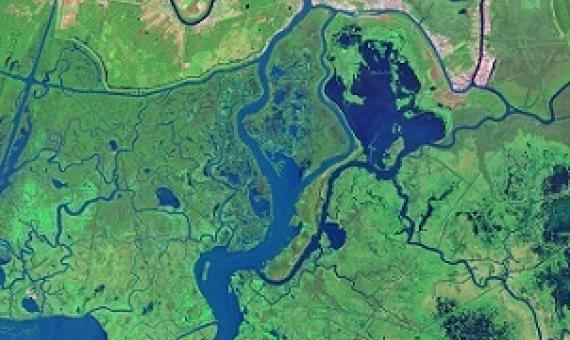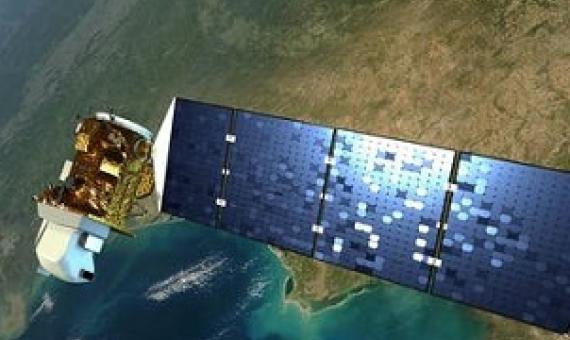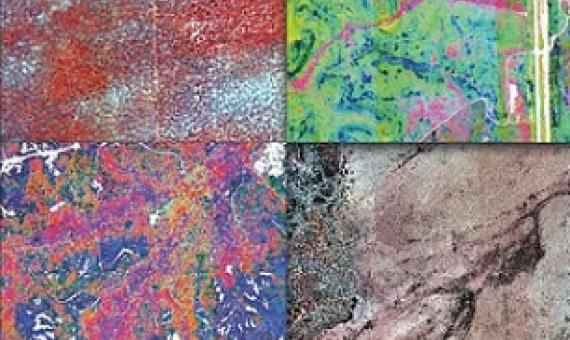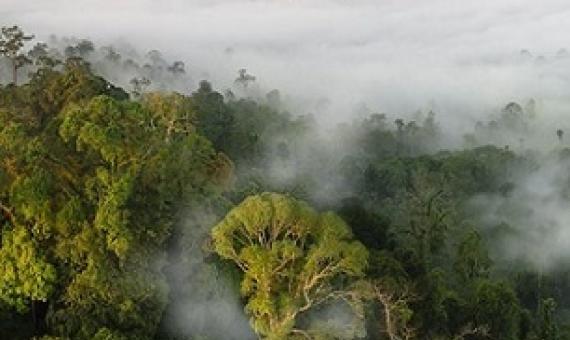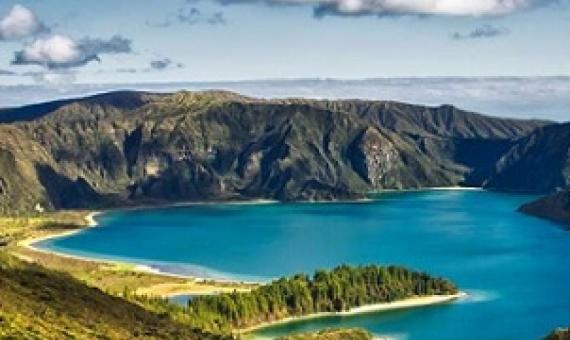For the first time ever, researchers have created a global map of human activity in the oceans and on coastlines, published last week in the journal Nature.
If you want to track changes in the Amazon rainforest, see the full expanse of a hurricane or figure out where people need help after a disaster, it's much easier to do with the view from a satellite orbiting a few hundred miles above Earth.
Fifty years ago, U.S. scientists launched a satellite that dramatically changed how we see the world.
Global biodiversity assessments require the collection of data on changes in plant biodiversity on an ongoing basis.
Humid tropical forests, vital in global efforts to limit rising temperatures, are under threat as a result of changes in land use and climate.
QUT researchers have developed a new machine learning mathematical system that helps to identify and detect changes in biodiversity, including land clearing, when satellite imagery is obstructed by clouds.

